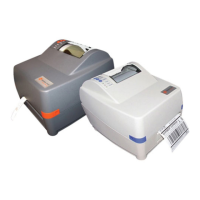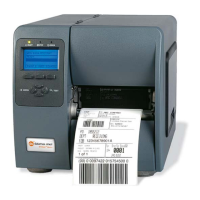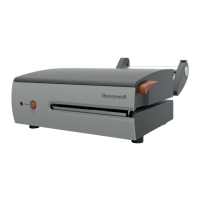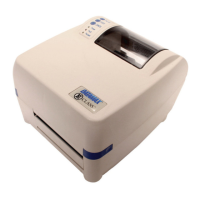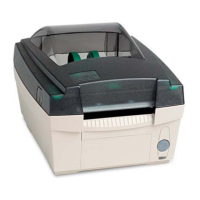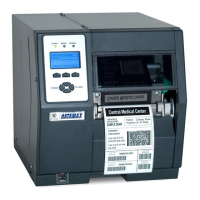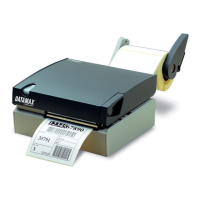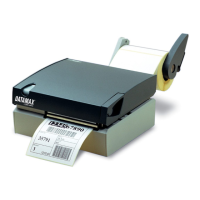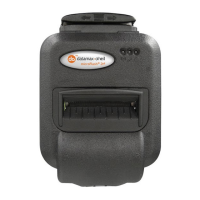Generating Label Formats
158 Class Series 2 Programmer’s Manual
Polygons
Polygons are created by defining the positions of the corners, specifying a
number of data points that represent the vertices of the object, which can range
from a simple line (two points), or a triangle (three points), to any free-form
outline. Polygons may be filled with a variety of different patterns. All row/column
specifiers are interpreted as inches/100 or millimeters/10 depending on the
printer mode, (see <STX>m).
Record structure for a polygon (spaces added for readability):
1 X 11 ppp rrrr cccc P ppp bbbb rrrr cccc rrrr cccc … <CR>
Where:
1
Rotation (must be 1)
ppp
Fixed Value (001)
X
Graphic field ID
bbbb
Fixed Value (0001)
1
Multiplier (must be 1)
rrrr
Row of point 2
1
Multiplier (must be 1)
cccc
Column of point 2
ppp
Fill pattern #
rrrr
Row of point 3
rrrr
Row of point 1
cccc
Column of point 3
cccc
Column of point 1
…
Additional points
P
Polygon ID (Fixed Value)
<CR>
Termination character
Table 8-13: Polygon Record Structure
The points must be specified in the order to be drawn; the last point specified is
automatically connected to the first point to close the polygon. If only two points
are specified, a single line will be drawn. See Label Formatting Command A.
Circles
A circle is created by defining by its center point and radius. Circles can be filled
with a variety of different patterns (see Table 8-15). Row, column, and radius are
interpreted as inches (100) or millimeters (10) depending on printer mode.
Record structure for a circle (spaces have been added for readability):
1 X 11 fff rrrr cccc C ppp bbbb rrrr <CR>
Where:
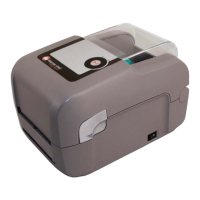
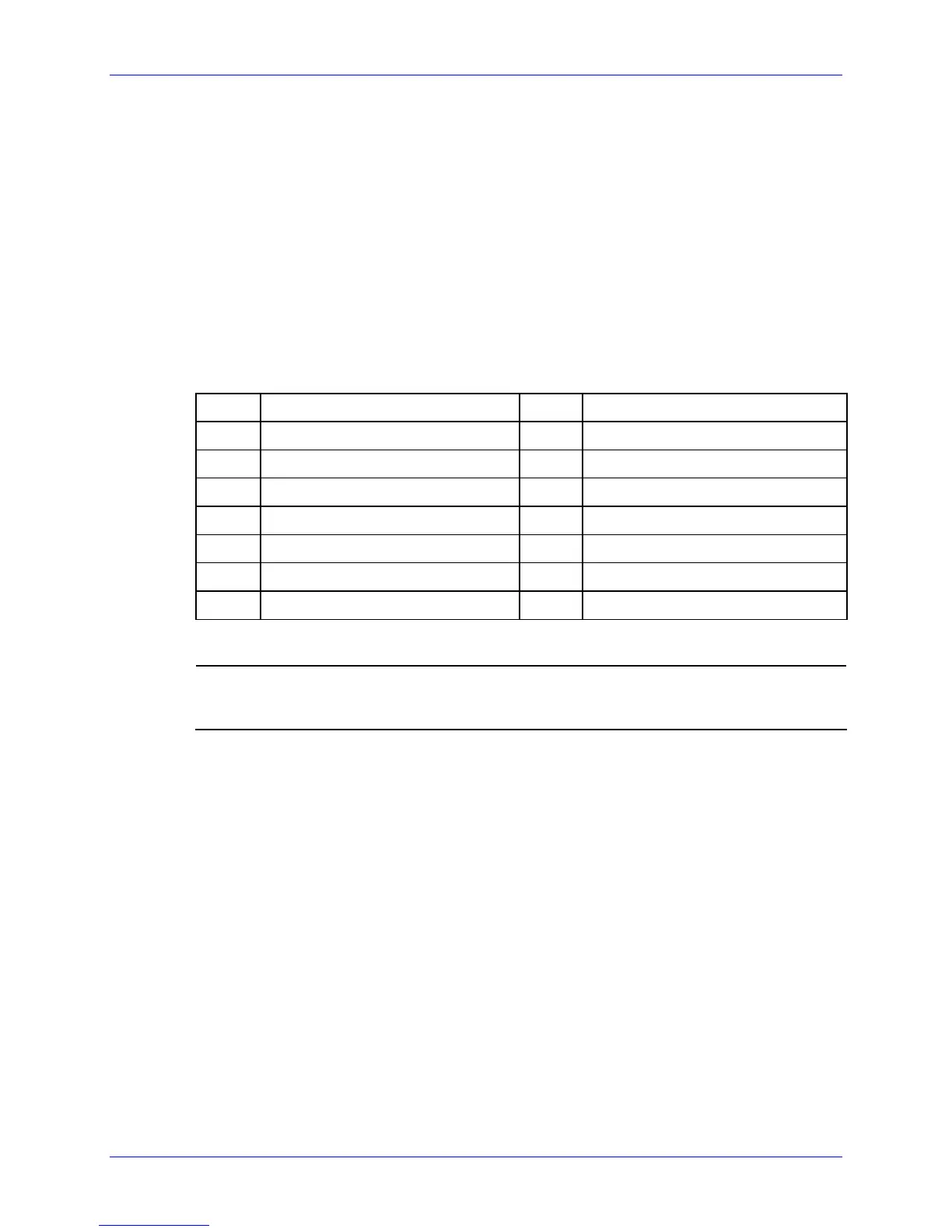